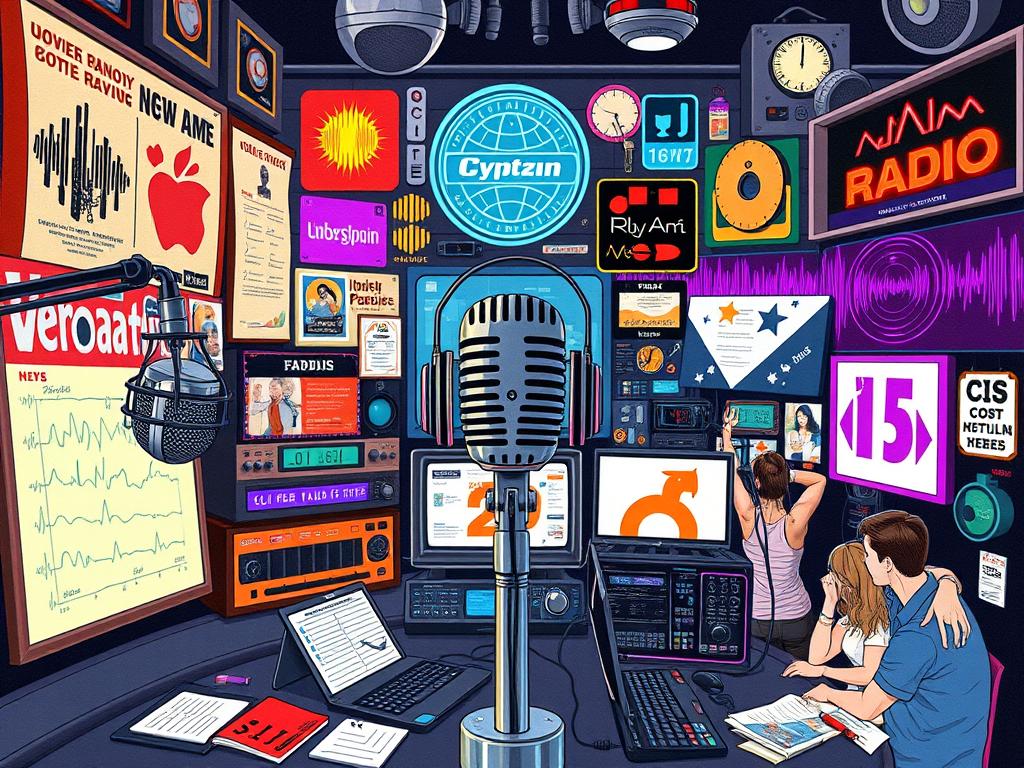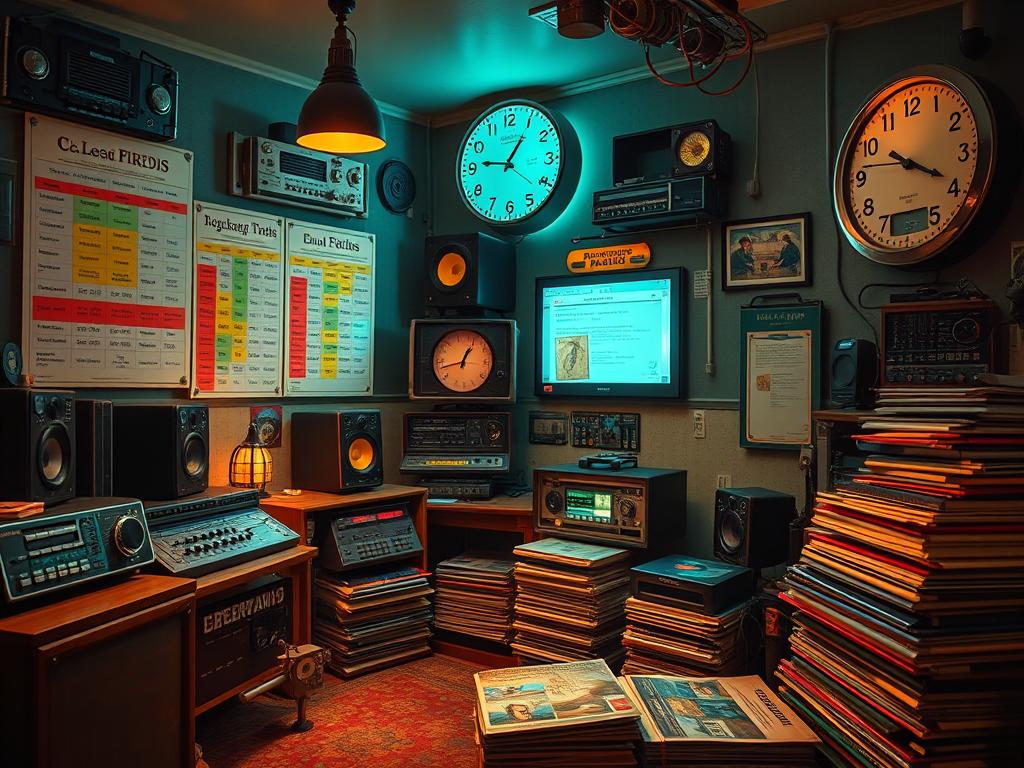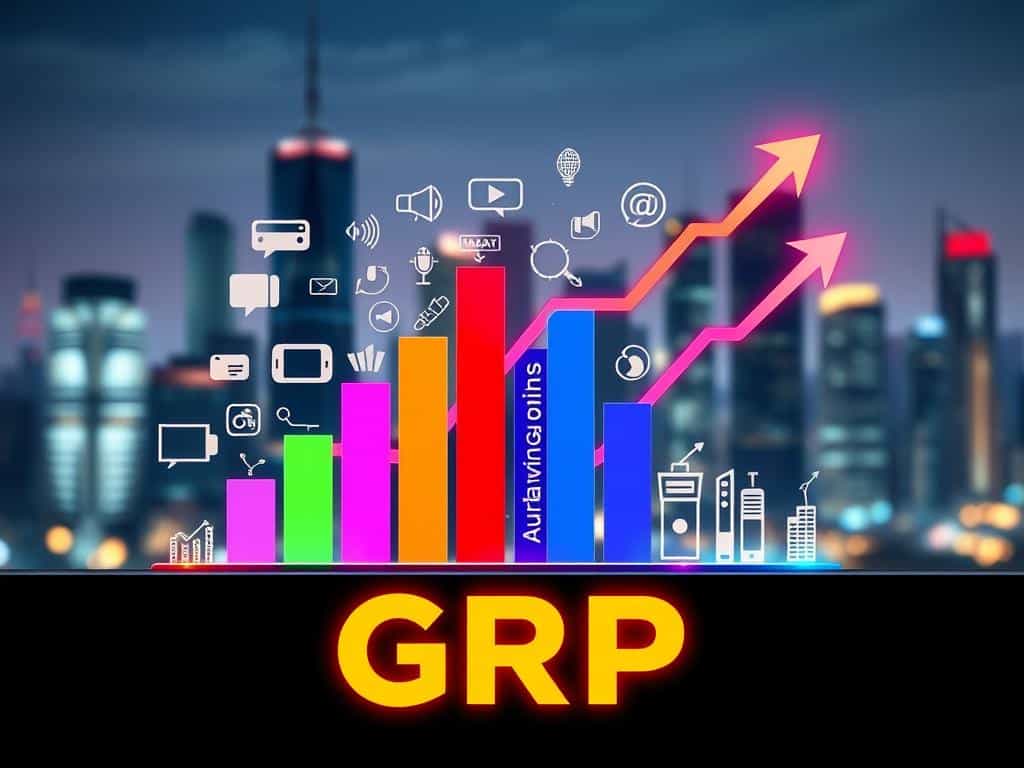Radio advertising remains a potent tool in the marketer’s arsenal, capturing 37% of Americans’ audio listening time. Even with the surge of streaming and podcast advertising, understanding radio advertising costs is crucial for any effective marketing strategy. The cost of radio ads varies and can range from $5 to $750 for a 60-second spot, influenced by multiple factors such as audience size, listener demographics, and time of day.
Radio advertisements are typically sold based on the cost per 1,000 listener impressions (CPM) or cost per point (CPP). On average, a 30-second national radio ad spot ranges between $2,000 and $3,000, while local campaigns may cost between $1,000 and $2,000. Prices can be higher during peak hours or national events, requiring advertisers to carefully align their goals with potential returns.
With agency rates for radio advertising varying significantly—for example, a 5-minute ad can cost about $500 per minute—the flexibility in ad duration and placement allows for effective audience targeting. Marketers often find radio advertising particularly effective in industries like automotive, retail, and food service, while other sectors like healthcare may experience lower engagement.
Radio advertising remains a valuable channel for brands looking to connect with diverse audiences and boost brand awareness. Whether you’re targeting national reach or focusing on local markets, understanding the dynamics of radio advertising rates in 2023 can help you make an informed decision that maximizes your marketing investment.
Factors Influencing Radio Advertising Costs
Understanding the various advertising cost factors is crucial when planning a radio advertising campaign. Below, we delve into the primary aspects affecting the cost of radio advertisements.
Audience Size
The size of the radio audience reach is a significant determinant of advertising costs. Larger audiences typically lead to higher prices as your ad will reach more potential customers. National campaigns, for example, will cost more due to the extensive listener base compared to local ads.
Listener Demographics
Demographic targeting also influences radio ad rates. Stations that cater to specific demographic profiles, such as politically active adults on talk radio or young listeners on pop stations, can command premium rates. This is because advertisers are willing to pay more to reach their ideal customers.
Time of Day
The time of day your ad airs plays a crucial role in determining costs. Prime time advertising slots, such as the morning and evening rush hours, are more expensive due to higher listener engagement during these periods. Conversely, ads aired during off-peak times, like overnight slots, are priced lower.
Ad Duration
The length of the advertisement, or ad length cost, is another crucial factor. Standard radio ads come in lengths of 15, 30, and 60 seconds. Longer ads naturally cost more due to the extended airtime. However, the increased duration can offer more opportunities to deliver a compelling message and engage the audience effectively.
Station or Show Influence
The influence of a particular station or show can significantly impact advertising costs. Well-known radio personalities and popular programs can demand higher ad rates due to their ability to attract a loyal audience. According to statistics, 77% of listeners are willing to try a brand endorsed by their favorite radio host. This endorsement power can justify higher advertising rates on such stations or shows.
In summary, the cost of radio advertising is influenced by several advertising cost factors including the size of the audience, listener demographics, time of day, ad duration, and the clout of the station or show. Considering these variables can help you make informed decisions to optimize your advertising efforts and budget effectively.

Cost Breakdown by Ad Duration
Understanding the cost of radio ads by their duration is essential for planning a cost-effective advertising campaign. The following sections delve into the specifics of 15-second, 30-second, and 60-second ad prices to help you strategically allocate your budget.

15-Second Radio Ads
For brands operating under budget constraints, 15-second radio ads are a viable option. On average, 15-second ad costs represent about 60% of the cost of a 30-second spot. These short ads are particularly effective for delivering concise messages or promoting a limited-time offer. Leveraging cost-effective advertising strategies can ensure impactful messaging within a reduced time frame.
30-Second Radio Ads
The most common choice for advertisers, 30-second radio ads provide a balanced blend of brevity and detail. Typically costing 60 to 70% of a 60-second ad, these ads are ideal for building brand recall and engagement. Understanding the 30-second radio spot rates in your market is crucial, as costs can vary widely depending on demographics and time slots. This duration offers enough time to highlight key selling points and call to action.
60-Second Radio Ads
For in-depth storytelling and comprehensive brand messages, nothing beats the impact of a 60-second radio ad. These are the most expensive, offering ample time to engage the audience thoroughly. The 60-second ad prices reflect their capability to deepen connections and optimize message delivery, though they might not fit all budgets. By aligning ad duration with campaign goals, companies can maximize their advertising ROI, especially if targeting high-attention markets.
How Much Do Radio Stations Charge For Advertising
Radio advertising costs can vary widely based on several factors such as location, audience, ad length, and time of day. According to industry data, the average cost of radio ads ranges between $200 and $5,000 per week. In major markets like New York, prices can exceed $1,400 for a 30-second spot, whereas in smaller markets like Topeka, KS, you might pay as little as $25. A proper radio ad pricing guide helps advertisers navigate these differences and budget accordingly.
When buying radio spots, it’s crucial to consider the production costs, which typically range from $1,000 to $2,500. These costs include elements like music licensing, voice talent, and audio editing. In-house productions can be cheaper but may lack the polish of professional work, which can range between $350 to $3,500.
Production cost isn’t the only financial consideration; the timing of the ad can also significantly impact your budget. The average cost of radio ads fluctuates based on peak listening times. For example, morning commuters (5am-10am) and evening rush (3pm-7pm) slots command higher prices. Premium spots, such as news or weather sponsorships, are more expensive due to their high engagement rates.
Overall, understanding the radio ad pricing guide is essential for effective radio media planning. Advertisers should balance their investments by evaluating local market rates and expected ROI. Here’s a brief comparison of radio advertising costs based on market size:
| Market Size | Cost Range for 30-Second Ad | Production Costs |
|---|---|---|
| Small Market | $100 – $500 | $1,000 – $2,500 |
| Medium Market | $500 – $1,500 | $1,000 – $2,500 |
| Large Market | $2,000 – $5,000+ | $1,000 – $2,500 |
For a more cost-efficient strategy, consider Total Audience Plans (TAPs), which distribute messages across various dayparts to maximize reach. Whether targeting peak times or opting for a comprehensive plan, meticulous radio media planning can optimize your ROI.
Streaming vs. Traditional Radio Advertising Costs
In the debate between traditional vs. streaming radio for advertising, it’s essential to consider several key factors. Traditional radio remains a strong contender with 92% of the American population tuning in weekly and 69% listening outside of home environments. This extensive reach allows businesses to penetrate local markets effectively and offers a valuable touchpoint.
Traditional Radio Costs
Local radio advertising is often more cost-efficient compared to national or digital advertising. For small cities, local radio market costs may range from a few hundred dollars per week, while in larger cities, rates can soar to thousands. Brands, on average, see a $6 lift in sales for every $1 spent on traditional radio ads. Besides, traditional radio captures a market share of 15.9%, providing a critical mass of listeners engaged with the content, fostering a deep connection within their communities.
Streaming Radio Costs
When it comes to online radio ad rates, platforms like Spotify, Apple Music, and Pandora dominate. Streaming services command around 33.2% of the music listening market share. Each platform has unique pricing models; for instance, Spotify mandates a $30,000 monthly minimum, whereas Apple Music has no such minimum requirement. Overall, online radio advertising may offer more affordable rates, typically ranging from $10 to $50 per commercial. Another key advantage of digital platforms is their ability to target ads precisely based on user preferences, habits, and behaviors. Additionally, digital radio analytics provides real-time insights into metrics such as impressions, click-through rates, and conversion rates, enabling marketers to measure campaign effectiveness accurately.
Conclusion
In conclusion, evaluating radio ad costs is essential for developing an effective media strategy integration. Radio advertising remains an influential platform for brand awareness, owing to its extensive reach across diverse audiences. The costs, which range from an average of $200 to $5,000 per week, vary widely based on factors like advertisement length, audience size, and market competition. For instance, a 30-second spot can cost over $1,400 in New York but just $25 in Topeka.
Considering the production costs, which typically fall between $1,000 to $2,500, radio ads can offer significant advertising cost-effectiveness, particularly through strategic negotiations that can reduce expenses by 20% to 40%. Markets such as New York show costs of $899 for a 30-second ad, Atlanta at $363, and Houston at $264, reflecting the different audience demographics and competition levels.
Furthermore, AM/FM radio holds an impressive 37% of audio consumption among individuals aged 13 and older, capturing 76% of ad-supported audio engagement daily. This dominance over platforms like Spotify and Pandora underscores its value in a comprehensive media strategy. By understanding regional and national advertising cost structures and leveraging the potential for repurposing ads, brands can effectively optimize their marketing strategies and maximize return on investment.








